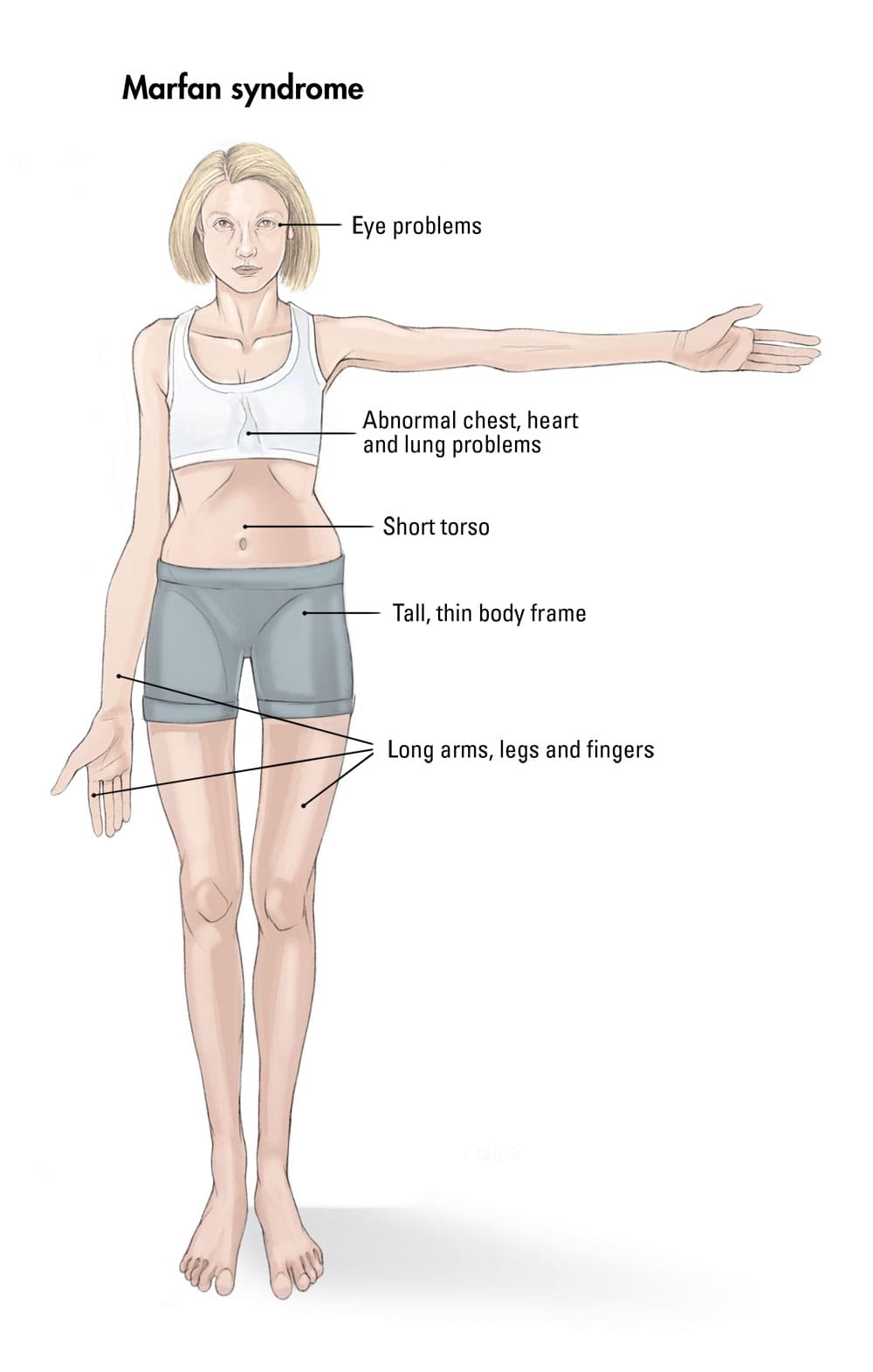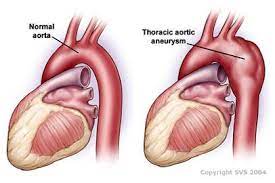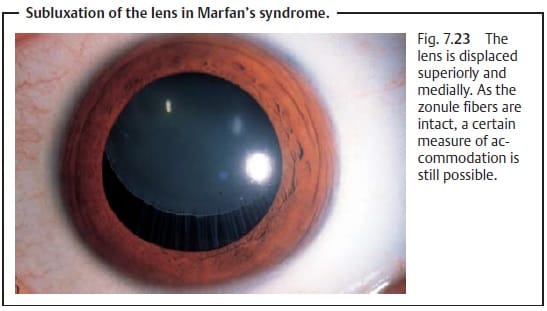Marfan Syndrome: Causes, Symptoms, and Management
Marfan Syndrome is a genetic disorder that affects the body's connective tissue - the substance that provides strength and elasticity to structures like the heart, blood vessels, bones, and eyes.

As a health and wellness advocate, I am excited to write about a syndrome that has affected my life both physically and mentally in profound ways since childhood. Marfan Syndrome is a genetic disorder that affects the body's connective tissue - the substance that provides strength and elasticity to structures like the heart, blood vessels, bones, and eyes.
Marfan syndrome is caused by a mutation in the gene that makes fibrillin-1, a protein that helps give connective tissue its strength and flexibility. This genetic defect is inherited in an autosomal dominant pattern, meaning that if one parent has Marfan syndrome, their child has a 50% chance of inheriting the condition. However, Marfan syndrome can also occur spontaneously due to a new gene mutation.
My father and his brother were both very tall - standing at 6'5" and 6'7" respectively. Yet, their two sisters remained of average stature. An outstanding feature about the tall brothers was that they had particularly long legs in proportion to their height.
My parents had four children - 2 girls initially, then after 7 years a boy was born, followed by me two years later. As my brother and I grew, we towered over our peers, standing head and shoulders above most our peers. Although both our elder sisters were tall - at 5'10" and 6', (also with long limbs) they did not stand out as much as their younger siblings. Our parents were perplexed by the speed with which we grew in height compared to other children our age, and were concerned about the height we would eventually reach.
Until the age of about 11, I was a confident and sporty girl, although I fractured bones in my arms and feet occasionally, and developed a noticeable curvature of the spine. My brother, who grew to just over 6'9" as an adult, was also accident-prone as a child, causing our parents constant worry.
Growing up in a small South African town, our General Practitioners never diagnosed the condition and may not have known about it in the 1960s. It wasn't until I became a mother, that we finally learned the name of the condition we had been grappling with all that time. As previously stated, Marfan syndrome is a genetic disorder, characterized by unusually long limbs and other physical traits. This revelation allowed us to understand and manage our symptoms. The girls in our family were more affected by the condition than the men, although they were very tall.
A significant event occurred when I was 14 years old. As a lanky, unhappy 6'2" teenager who was teased mercilessly, (what's the weather like up there?) I underwent groundbreaking surgeries in Johannesburg to reduce my height by 4 inches, (10.16 cms) by shortening my legs, and preventing any further growth at the knees.
In my next article I will share all the details of this transformative but challenging experience, and its successes, or otherwise, as well as the problems it has caused for me in the long term.

Who is Affected by Marfan Syndrome?
Marfan syndrome is fairly common, affecting 1 in 10,000 to 20,000 people. The syndrome affects people of all races and ethnic backgrounds, both men and women. Though present at birth, the symptoms of Marfan syndrome may not become apparent until later in life. The disorder can impact various organs and other regions of the body, including the heart and blood vessels, eyes, bones, and joints.
- Physical Appearance and Symptoms
One of the most recognizable physical features of Marfan syndrome is a tall, slender build with long limbs and fingers.
· A long, narrow face
· Tall and thin body build
· Arms, legs, fingers and toes that may seem too long for the rest of your body
· Curved spine. Scoliosis affects 60% of people with Marfan syndrome
· Breastbone (sternum) that may either stick out or be indented
· Hypermobile joints that are weak and easily become dislocated
· Flat or high-arched feet

- Heart and Blood Vessel Problems
About 90% of people with Marfan syndrome develop changes in their heart and blood vessels. Changes that can develop include:
· Aortic Aneurism: The aorta walls, the major artery that carries blood from the heart to the rest of your body, become weak, bulge out and could rupture (burst). This happens most commonly at the aortic root (the point where the aortic artery leaves the heart).
· Aortic Dissection: This is a tear in the inner layer of the three wall layers of the aorta. The tear allows blood to enter the middle layer, which extends the tear and leads to a further separation and possibly wall rupture. This can be fatal.
· Heart Valve Problems: Marfan syndrome can cause valve tissue to weaken and stretch. This leads to valves that don’t close tightly, causing leaks and backflow of blood. The heart often has to work harder when valves aren’t working properly. The mitral valve is commonly affected.
· Enlarged heart: The heart muscle may enlarge and weaken over time, causing cardiomyopathy, even if the heart valves are not leaking. The condition may progress to heart failure
· Arrhythmia: This can occur in some people with Marfan syndrome. It’s often related to Mitral Valve Prolapse
· Brain Aneurysms: People with Marfan may have a history of intracranial (inside the skull) bleeding from a ruptured brain aneurysm.

- Lung Changes
The changes in lung tissue that occur with Marfan syndrome increase the risk for:
· Asthma
· Emphysema
· Chronic obstructive pulmonary disease (COPD)
· Bronchitis
· Pneumonia
· Collapsed lung (pneumothorax)

- Eye Problems
More than half of all people with Marfan syndrome have eye problems. These include:
· Nearsightedness (blurring of objects far away)
· Lens subluxation (the lens of the eye moves away from its typical position)
· Cataracts
· A difference in the shape of the eye
· Retinal detachment
· Glaucoma

Skin Changes
Skin can become less stretchy, causing stretch marks to occur, even without fluctuations in weight.
Diagnosis and Management
Marfan syndrome is diagnosed through a physical exam, family history, and genetic testing. In some cases, the disorder can be difficult to diagnose, especially if the symptoms are mild. While there is no cure for Marfan syndrome, treatment focuses on managing the symptoms and preventing complications.
Common treatments include medication to lower blood pressure and reduce the risk of aortic dissection, and if necessary, surgery to repair or replace damaged blood vessels. Wearing a back brace can also help prevent further curvature of the spine and provide support. Surgery may be necessary if the condition worsens. Physical therapy may strengthen muscles and improve joint flexibility. People with Marfan Syndrome are often advised to avoid certain activities, such as contact sports and heavy lifting, to reduce the risk of injury.
Although receiving a diagnosis of a genetic condition such as Marfan syndrome can be distressing, for me it was a relief to understand why I was so different to others. Understandably, you or a loved one may have anxiety about adjusting your lifestyle, covering healthcare costs, possibly undergoing surgery, and requiring continuous medical attention. It is vital to consult with a healthcare professional familiar with treating Marfan Syndrome, and to gather reliable information about the condition. Additionally, you may have concerns about the implications for your future children. In this case, seeking genetic counselling can be beneficial in understanding the disease and the likelihood of transmitting it to your offspring.
Sources Marfan Syndrome; Marfan Syndrome






